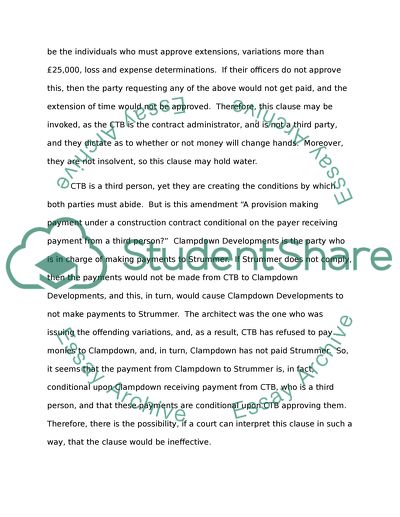Cite this document
(“Legal Advise Essay Example | Topics and Well Written Essays - 2500 words”, n.d.)
Retrieved from https://studentshare.org/environmental-studies/1408990-legal-advise
Retrieved from https://studentshare.org/environmental-studies/1408990-legal-advise
(Legal Advise Essay Example | Topics and Well Written Essays - 2500 Words)
https://studentshare.org/environmental-studies/1408990-legal-advise.
https://studentshare.org/environmental-studies/1408990-legal-advise.
“Legal Advise Essay Example | Topics and Well Written Essays - 2500 Words”, n.d. https://studentshare.org/environmental-studies/1408990-legal-advise.


